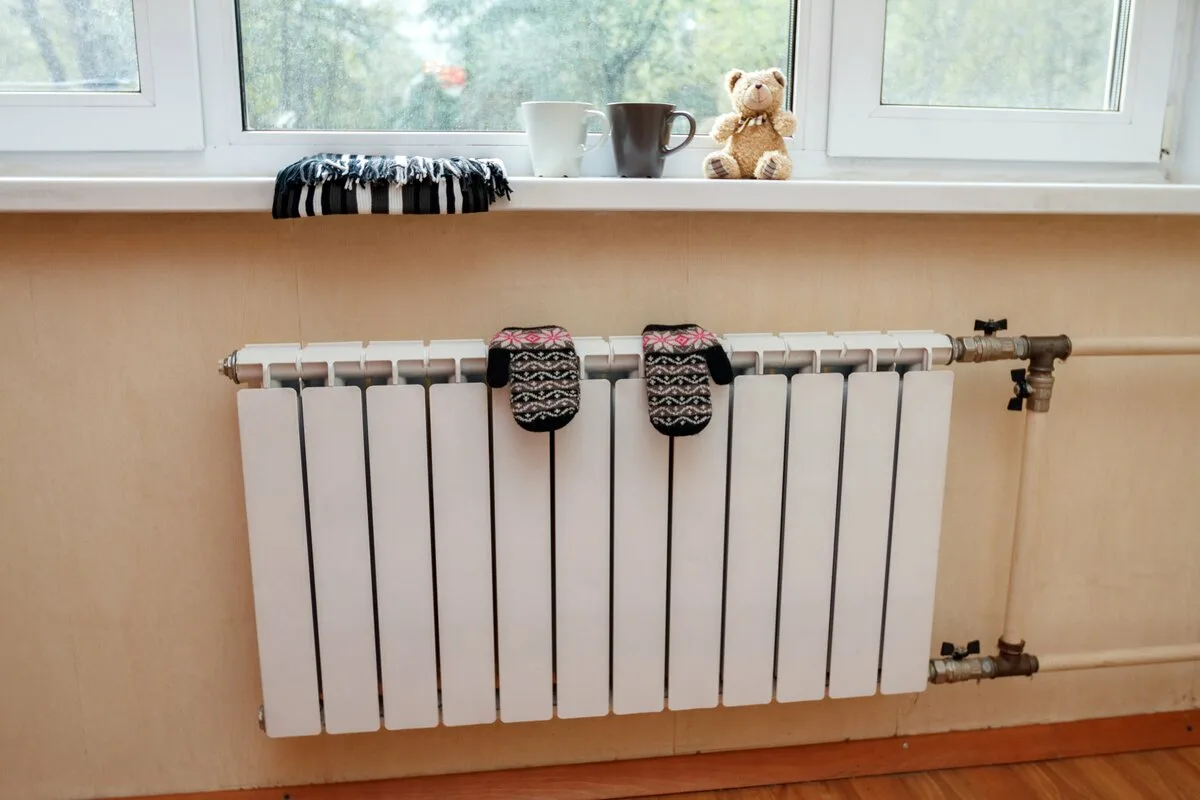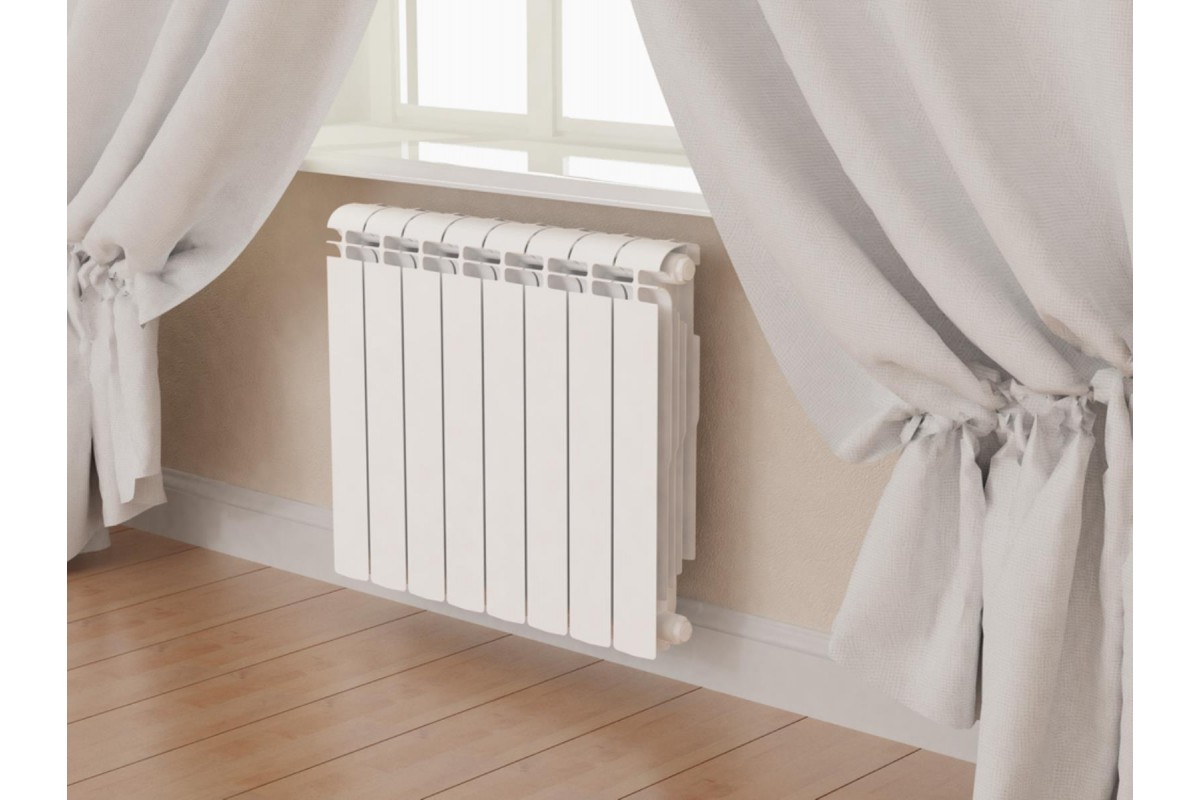Heating that is always on is a big part of energy costs.
When winter arrives, maintaining a comfortable temperature at home becomes a priority. However, heating on all day, or conventional heating systems such as radiators, can be energy intensive. With this in mind, radiant ceiling heating is presented as a sustainable and efficient alternative for space heating without causing significant environmental impact.
What is radiant ceiling heating?
Radiant ceiling heating is a heating system that uses a network of pipes installed in the ceilings of homes and buildings to circulate hot water. This system allows the heat to spread evenly throughout the room, creating a comfortable and cosy atmosphere without draughts. Imagine it as something similar to underfloor heating, but installed in the ceiling and with tangible differences in its system, which we will show below.

The operation of this system is based on the heat diffusion from the ceiling, which gradually and evenly warms the walls and the surrounding air. Unlike other heating systems, radiant ceilings do not create thermal stratification, which prevents heat from accumulating in the upper part of the room and improves energy efficiency.
Benefits of radiant ceiling heating
One of the main advantages of this system is the energy savings. By using thermal radiation instead of forced convection, heat distribution is optimised and energy losses are reduced. In addition, because it is not dependent on electric heating elements or fossil fuels, it is more environmentally friendly and sustainable.
Another positive aspect is its compatibility with renewable energy systems such as aerothermal or geothermal energy, which further enhances its efficiency and sustainability. Moreover, since it is integrated into the ceiling, it does not take up space in the house and does not interfere with the decoration, making it a discreet and functional solution.

Radiant ceilings also improve the comfort of the home by ensuring a uniform temperature without causing draughts or drying out the atmosphere, reducing the sensation of dryness and preventing the accumulation of dust, which is particularly useful for people with respiratory problems or allergies.
When evaluating the installation of a radiant ceiling heater, it is important to consider both the benefits and the initial investment. Although its installation cost may be higher than other heating systems, its energy efficiency and low maintenance costs can make it a cost-effective choice in the long term, depending on the circumstances and situation.








